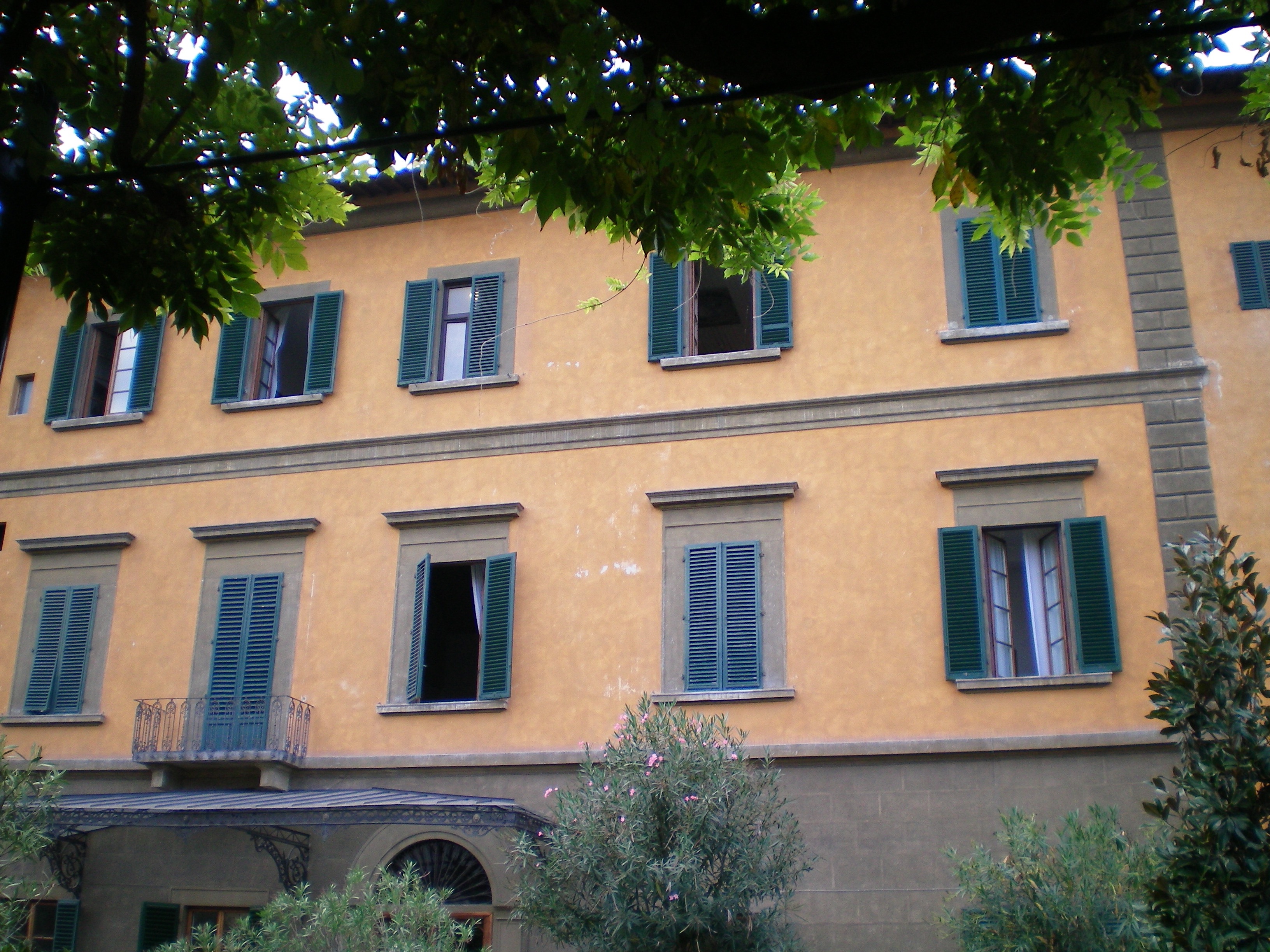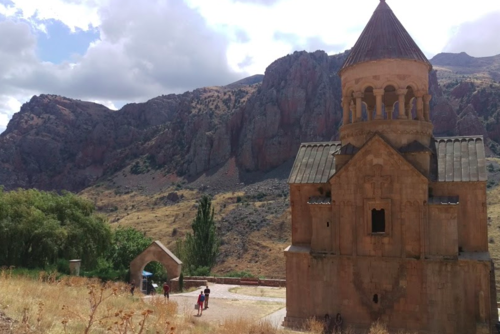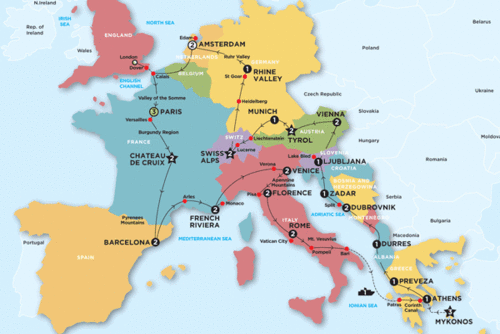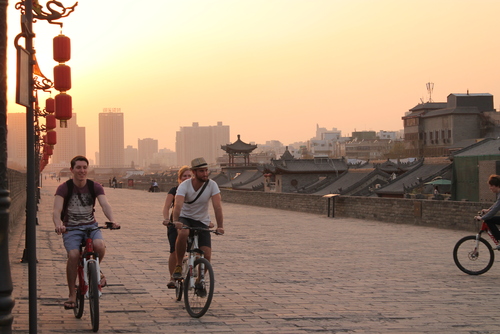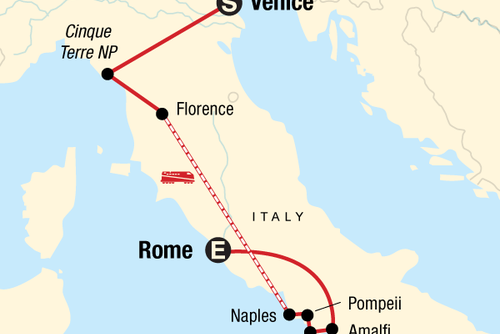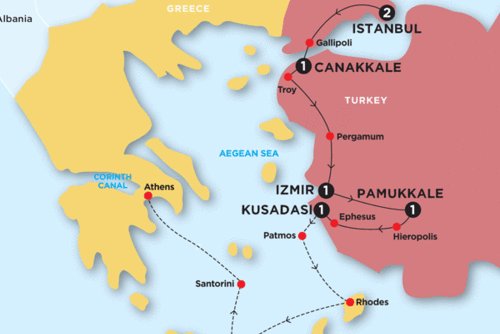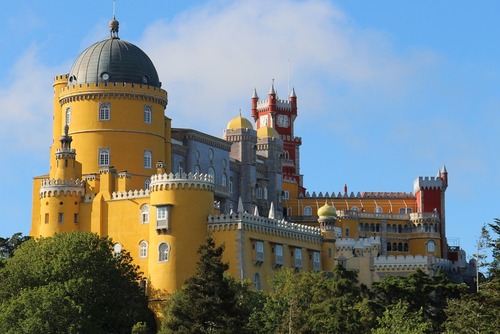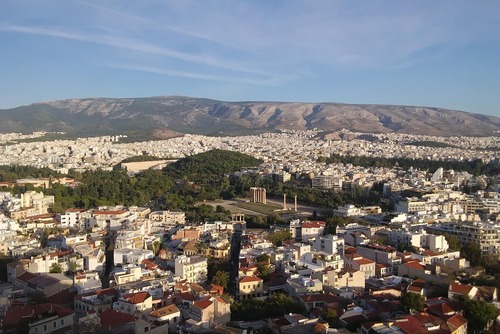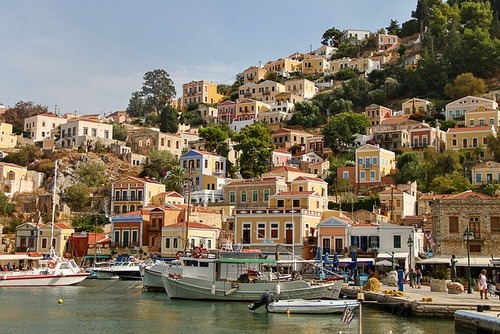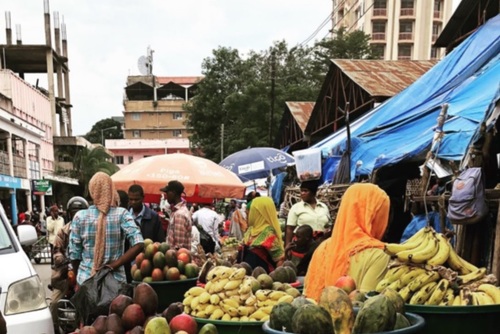Italy especially offers a plethora of choices. The vast majority accept guests of both sexes, married or single, of any denomination – although some still pose a nightly curfew. Rooms may be simple, but this does not imply austerity.
Convents and monasteries are often to be found in Renaissance palaces, Medieval walled towns or set amongst lavender fields and vineyards throughout the world.
Some are equivalent to five star hotels. Many hide artistic treasures; a painting by Rubens, or walls adorned by Fra Angelico. Each religious house has its own character, such as the monastery Convento Sant’Agostino in San Gimigiano which refused entry to HRH The Prince of Wales because he arrived after closing time (although probably apocryphal, the story alone makes the place worth a detour).
If you are looking for somewhere unique to stay whilst traveling, check out Anne Harrison's list of unique convents and monasteries you can stay in Italy and around the world.
Rome
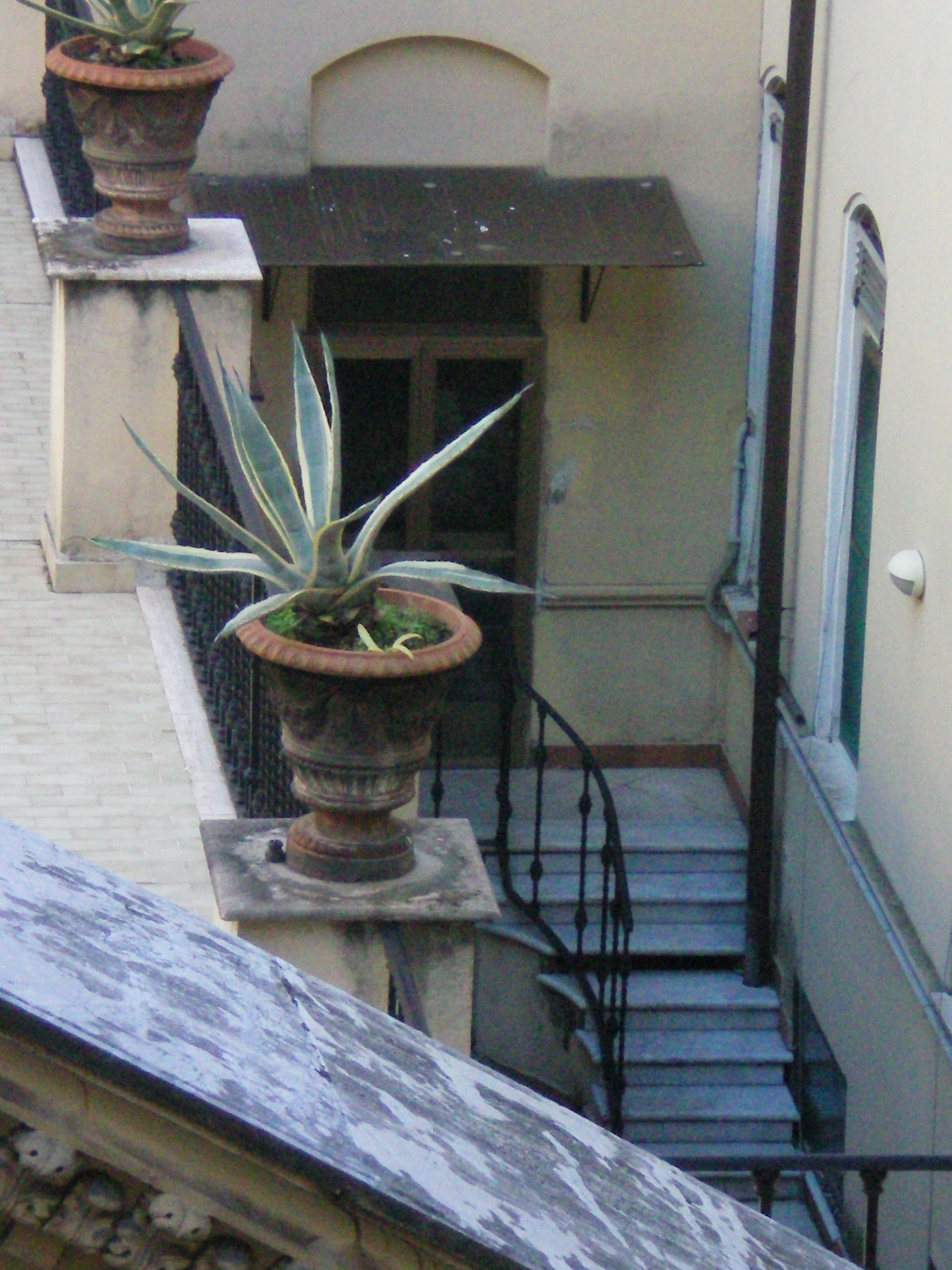
In Rome, there is a convent or monastery in whatever quarter of the city you choose to stay. The rooms of Domus Carmelitana overlook the Castel Sant’ Angelo, while from those of Casa da Accoglienze Tabor you can see the Vatican. Near the Colsseum, the Cistercian Monastery of Santa Croce is in a 10th C building. Some of the balconies overlook ancient ruins and ongoing archaeological digs.
I would recommend the convent Le Soure di Lourdes was just a short walk from the top of the Spanish Steps. Once inside, the world became peaceful. Large wooden doors shut out the chaos of the street, and I stood in the quiet of a marble foyer. My room overlooked a cloister, and of a morning the singing of the nuns in their private chapel woke me in time for breakfast. Breakfast was simple: rolls, cold meats, and lots of hot coffee.
Florence
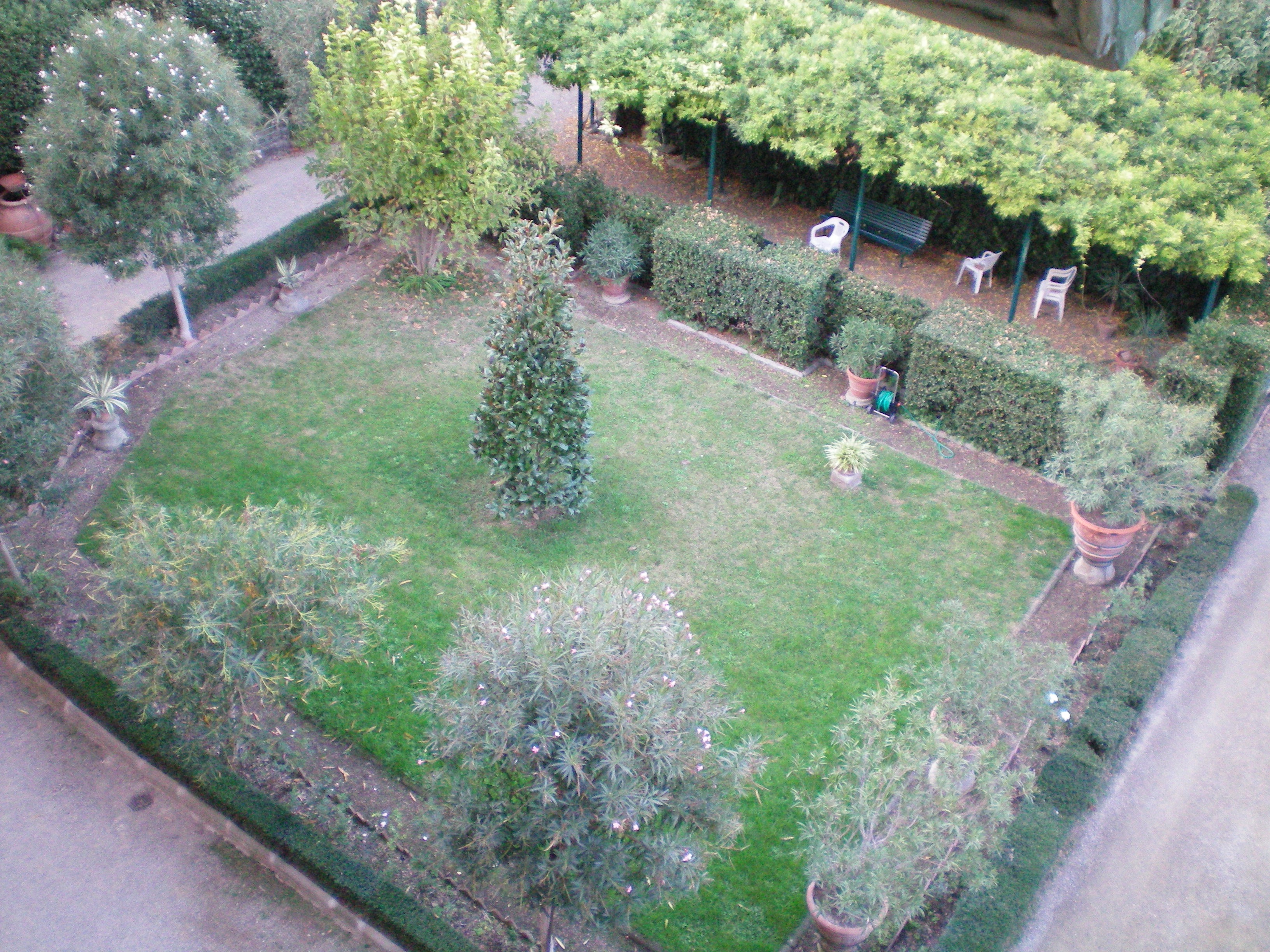
In Florence, the Casa Santo Nome di Jesu is in a 15th C palazzo. I reached my room via a marble staircase, complete with trompe l’oil ceiling of putti and plaster relief.
The window overlooked a large garden, complete with kiwi fruit, persimmons, pomegranates, grape vines and wisterias, with trunks as thick as my body. The arbour was a perfect place to sit and pass the afternoon when exhausted by sight-seeing.
One evening, while sipping prosecco and dining off a host of delicacies from the markets, (plus some grapes purloined from the garden) I sat listening to a baroque choir (who were also guests) practicing for an upcoming performance.
Most convents provide breakfast – fresh rolls and strong coffee are a staple – and often dinner as well. Some may have a restaurant attached. Italian nuns have a canny knowledge of which local restaurants offer the best value; some monks still make wine to recipes centuries-old
Venice
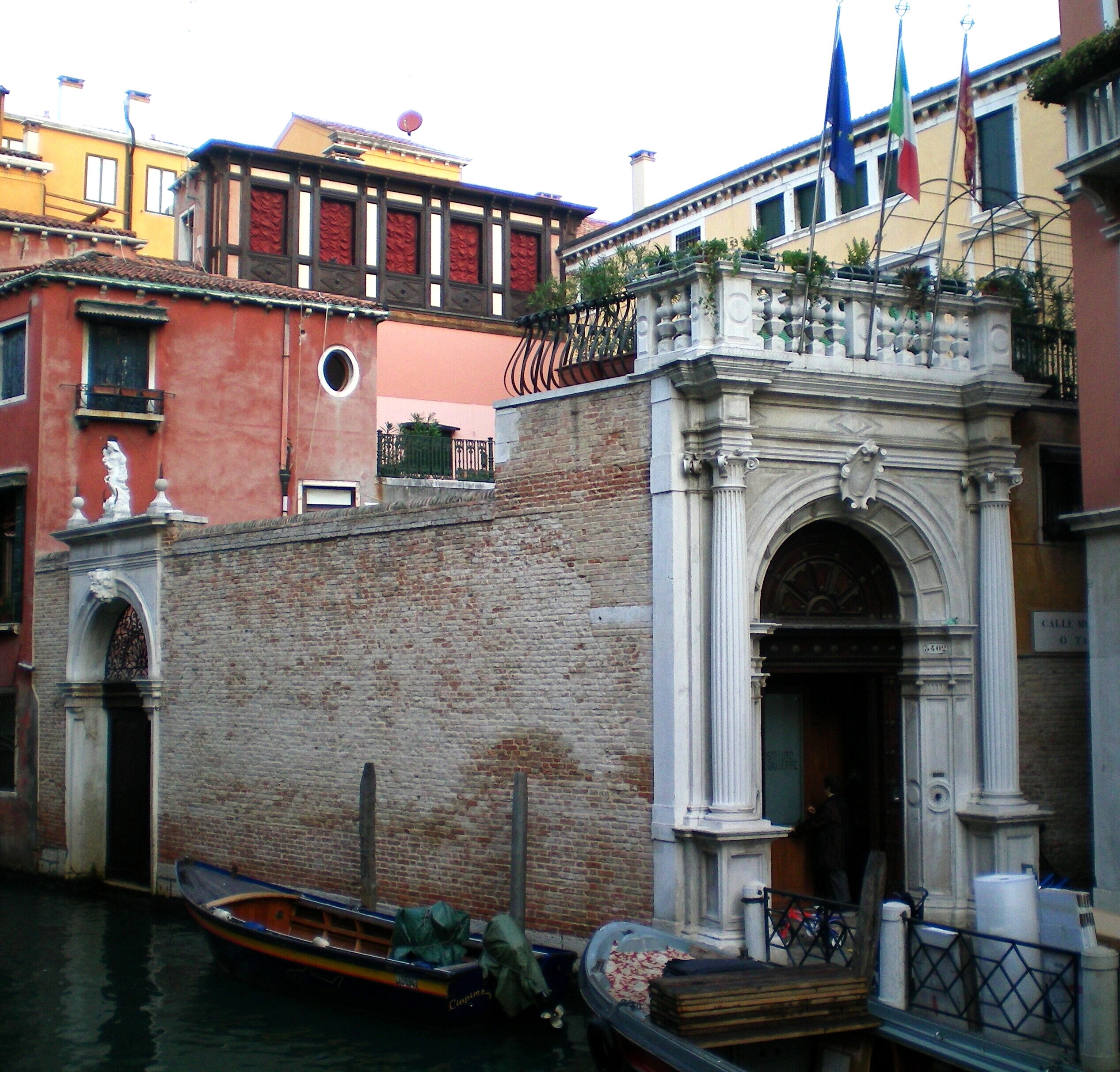
In Venice, my convent lay at the end of a maze of cobble-stoned side streets and piazzas. Chairs and tables spilled from the restaurants and cafes, their aromas filling the air.
The Istituto San Giuseppe stands beside a canal, with a door opening directly onto the water. As we crossed a small limestone bridge a gondola came to a boisterous stop to collect passengers.
The way to my room proved another maze of grand staircases and marble halls. Paintings covered the ceilings and walls – in a room large enough to host a masked ball, a fresco peeked out from under the scaffolding of restoration – and everywhere lay bathed in peace. Occasionally a nun in a black habit would wonder by, smile and give us a blessing, then continue on her way.
My room was simple and clean. The windows opened onto a terracotta skyline, with clothes strung on a line between two buildings. Across a flower-strewn courtyard a woman in black was busy in her kitchen, filling the air with delicious aromas.
Every evening an extended family materialsed for dinner. Geraniums hung everywhere in pots. In the distance a camponile tolled away the hours while towering (at a slight angle) over the other buildings,
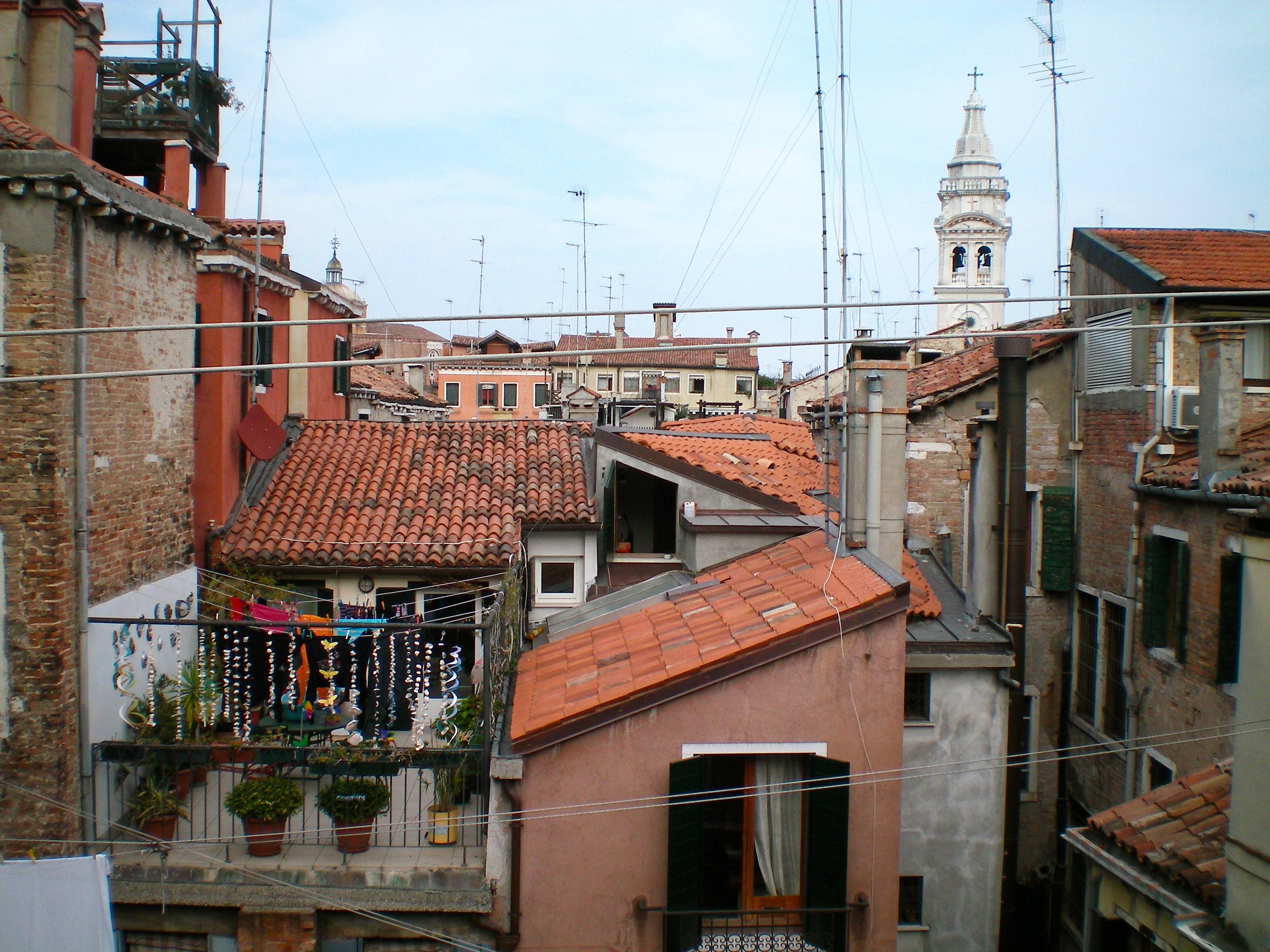
Next morning we woke to the sound of seagulls, followed shortly by the first bells of the day. As is the way all over Italy, each church keeps its own, strict time, and the bells chime a few minutes apart, never quite in unison.
Worldwide
Convents and monasteries are not only in cities, but also in idyllic countryside settings.
Stays are not restricted to Italy, and some are to be found in the most unexpected of places. An example is the 12th C monastery Kriva Palanka, hidden in the Osogovo mountains of Macedonia. It is worth a visit for the medieval frescoes alone.
One of my favourites, however, is L’Hospice du Great St. Bernard in the Swiss Alps. Until recently, the Augustine monks bred and trained St Bernard dogs for mountain retrieval work; now they provide a home for the animals over the summer months.
A convent stay may not initially appeal to everyone, but it is something well worth experiencing, not simply as a cheaper substitute for a hotel, but as a travel adventure in its own right. Seen as such, staying in one can only add to a holiday.
By Anne Harrison

